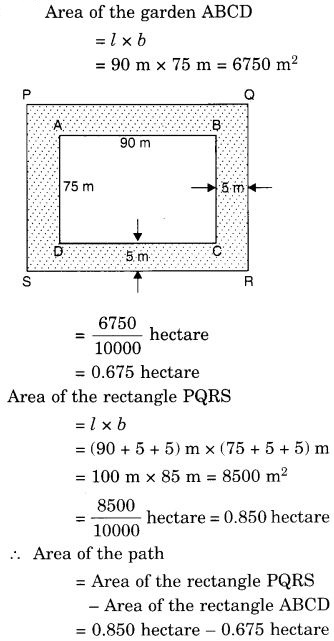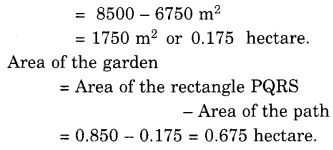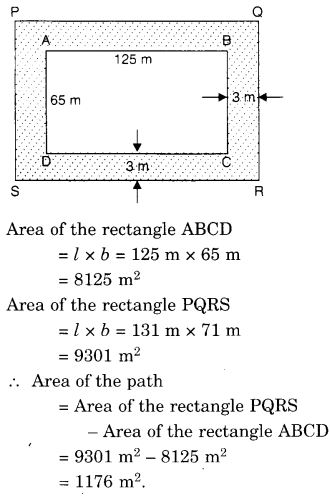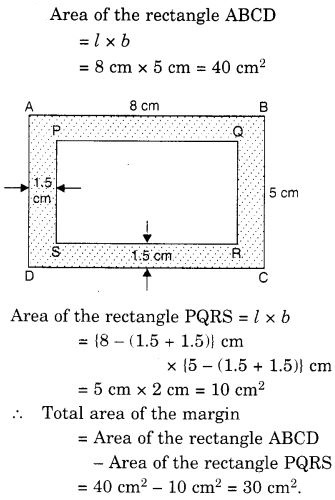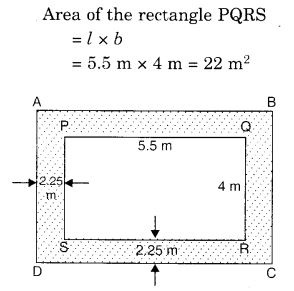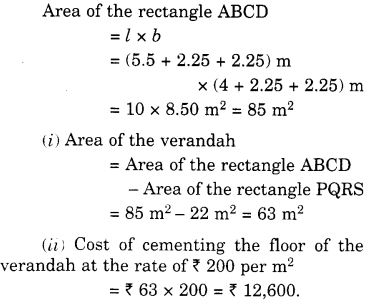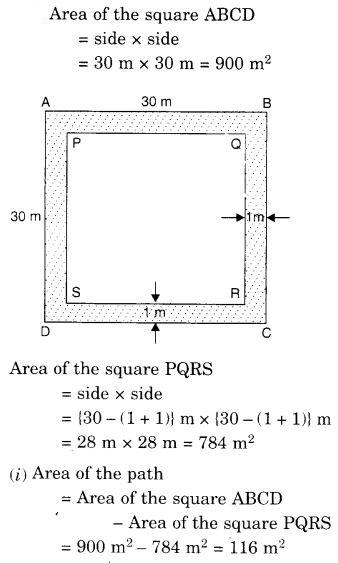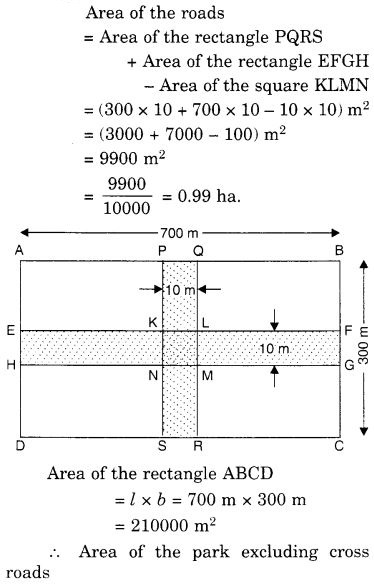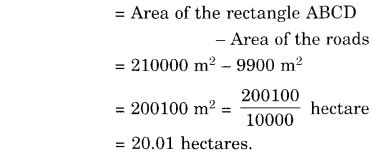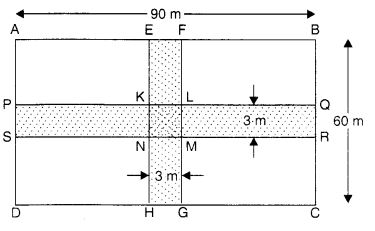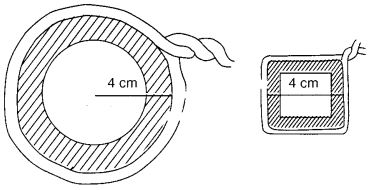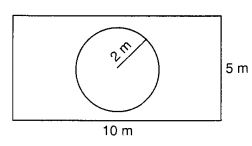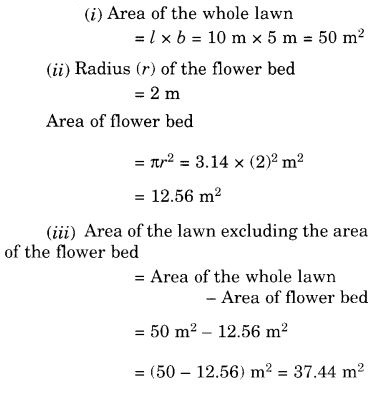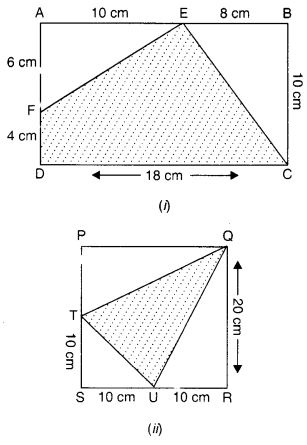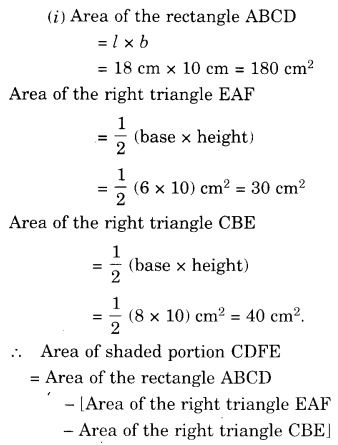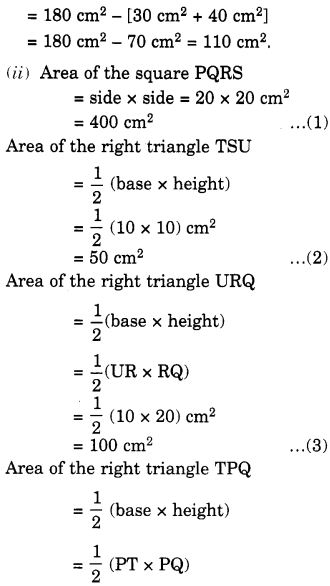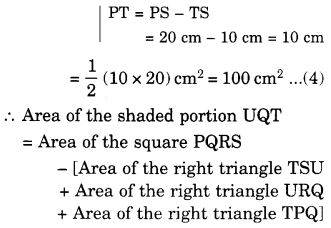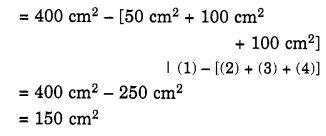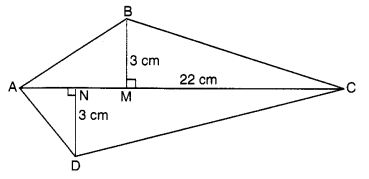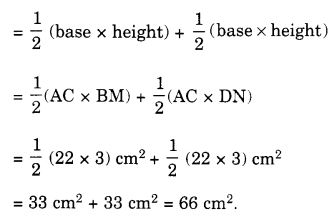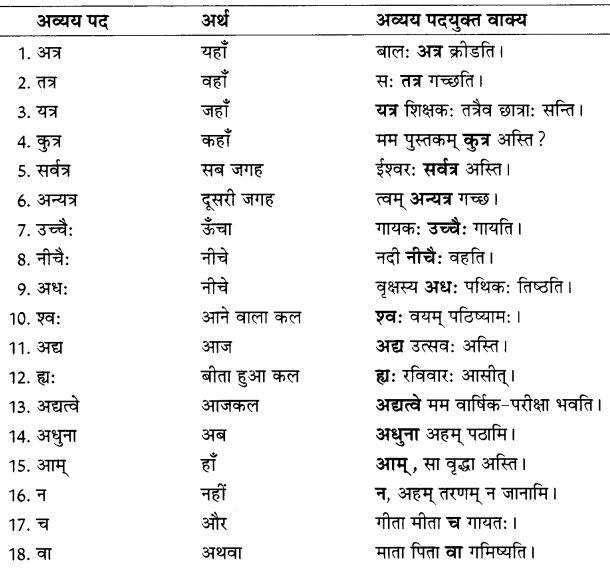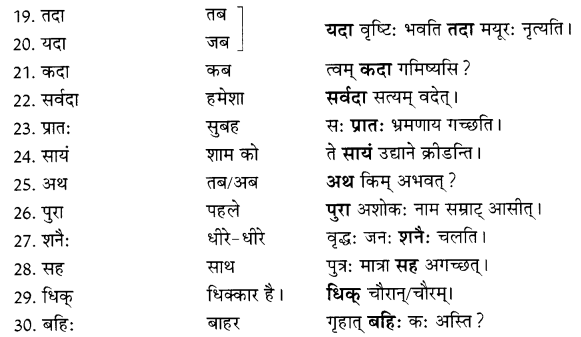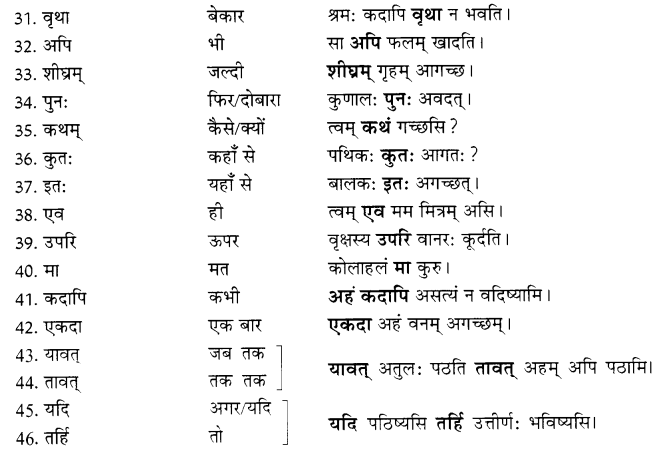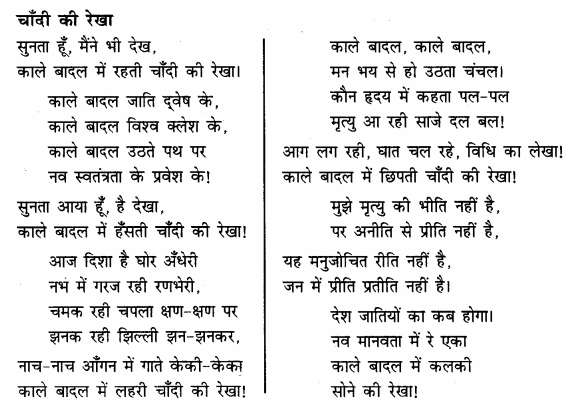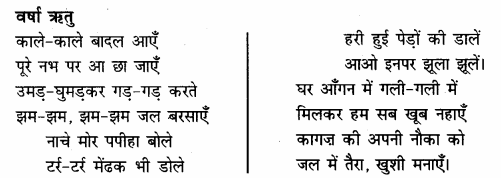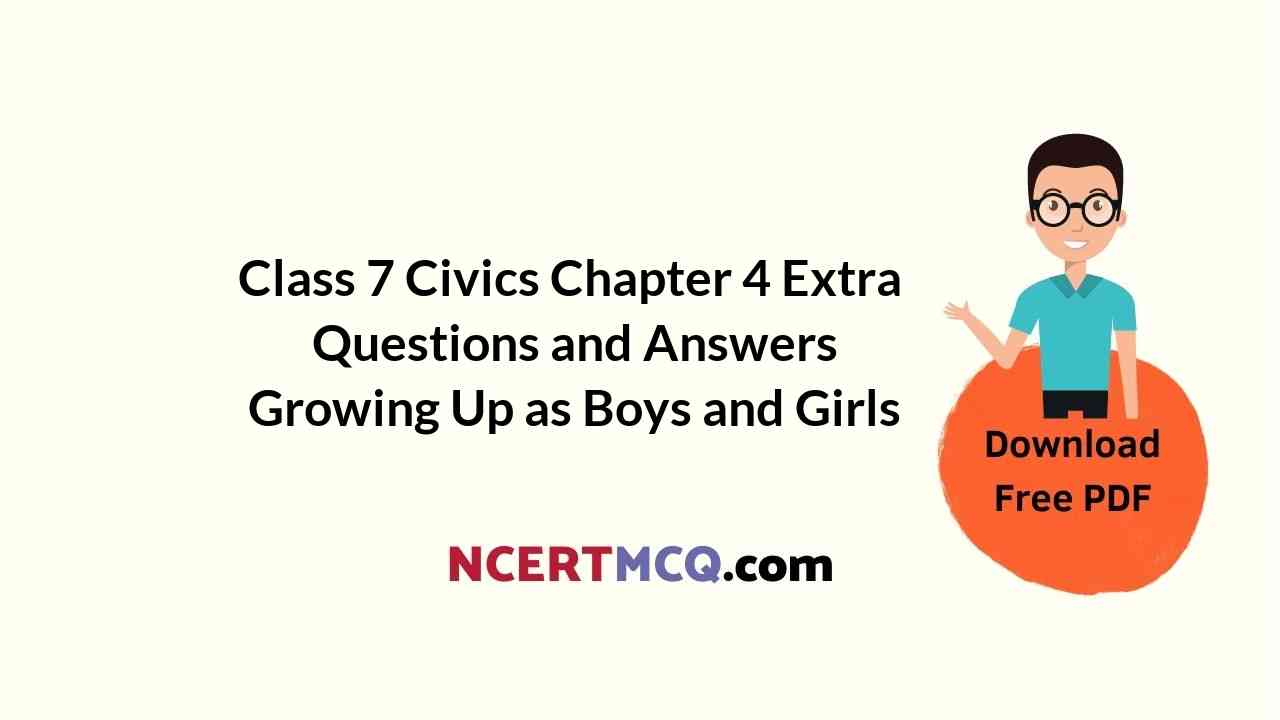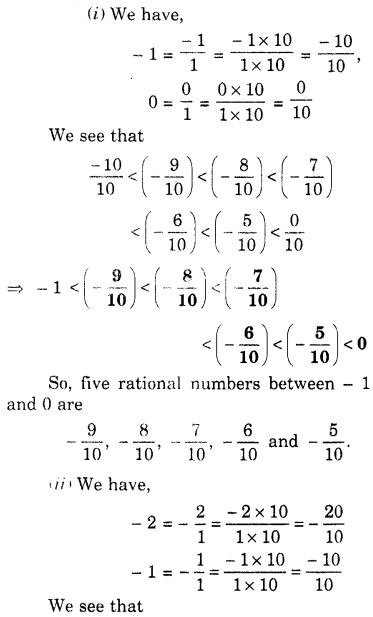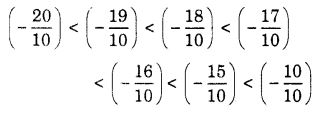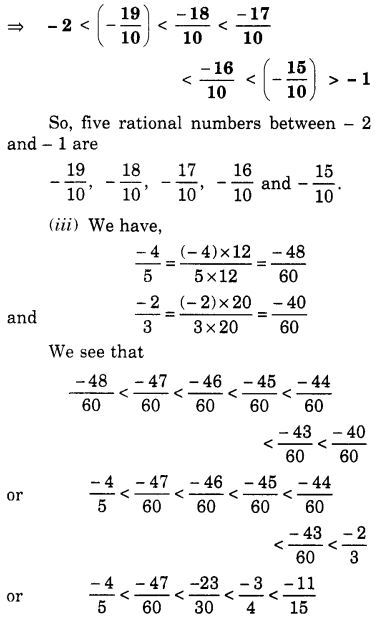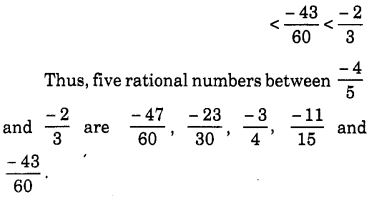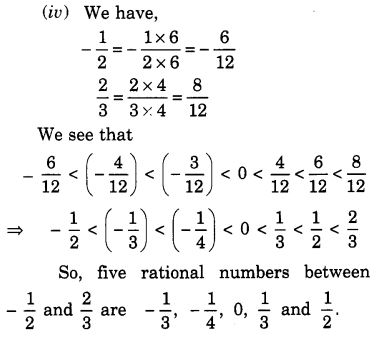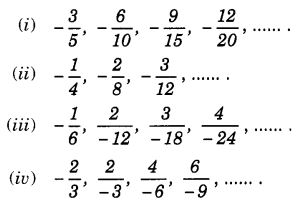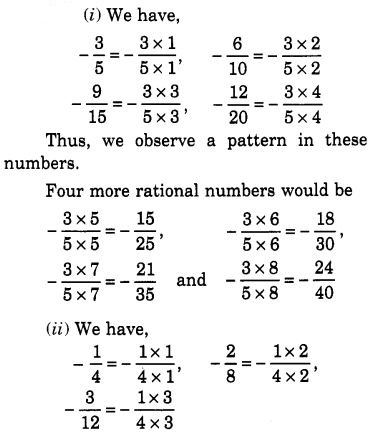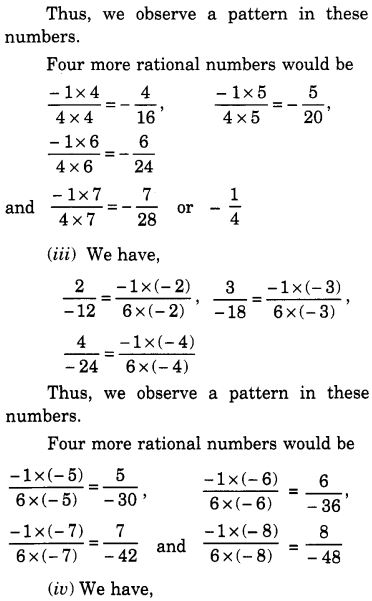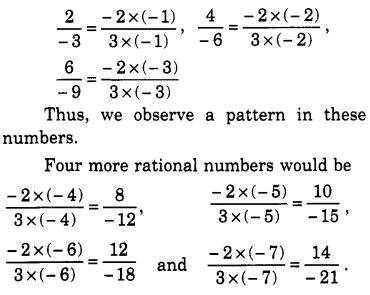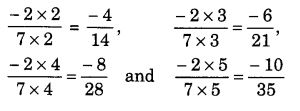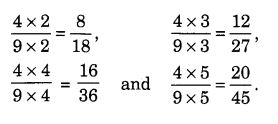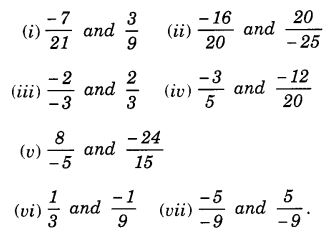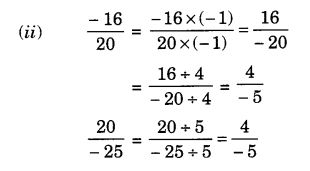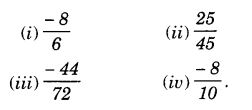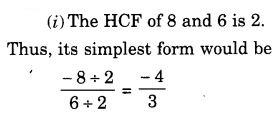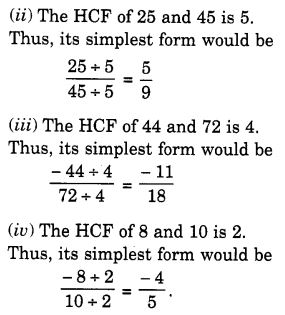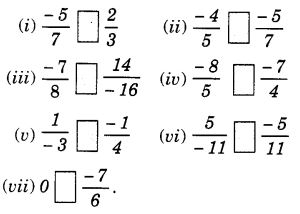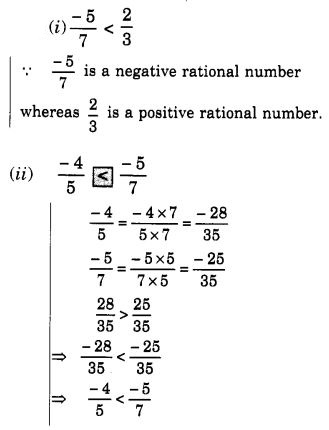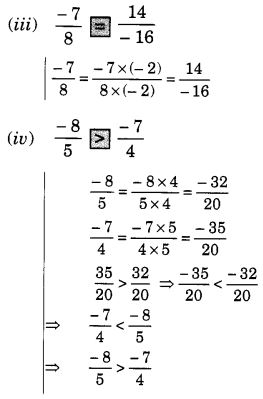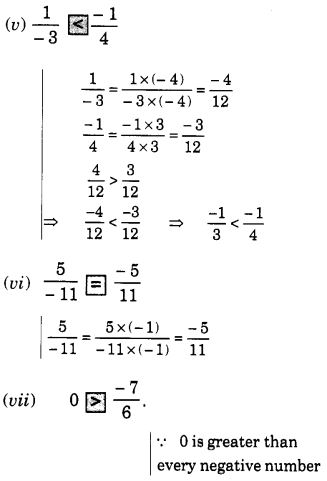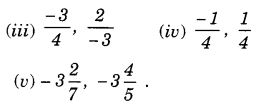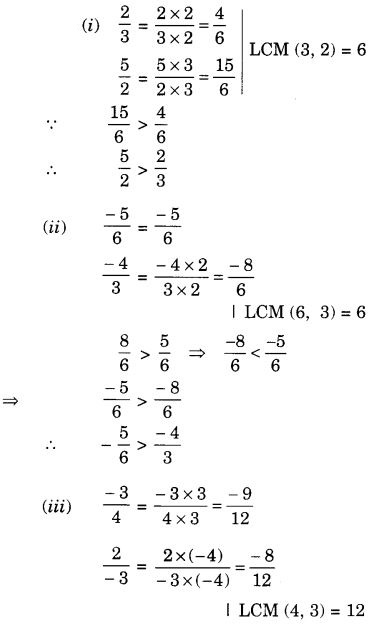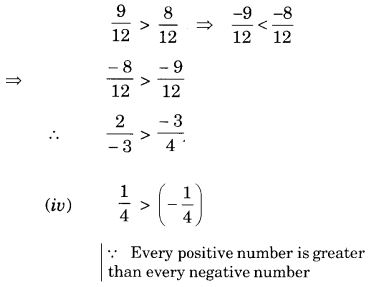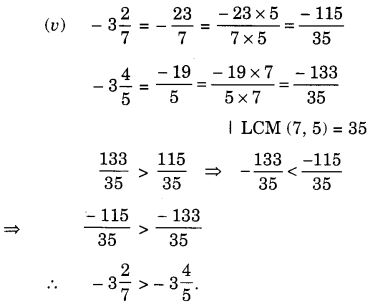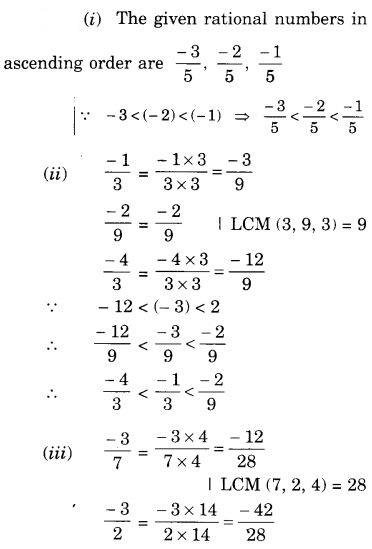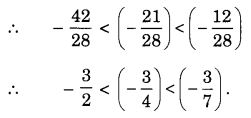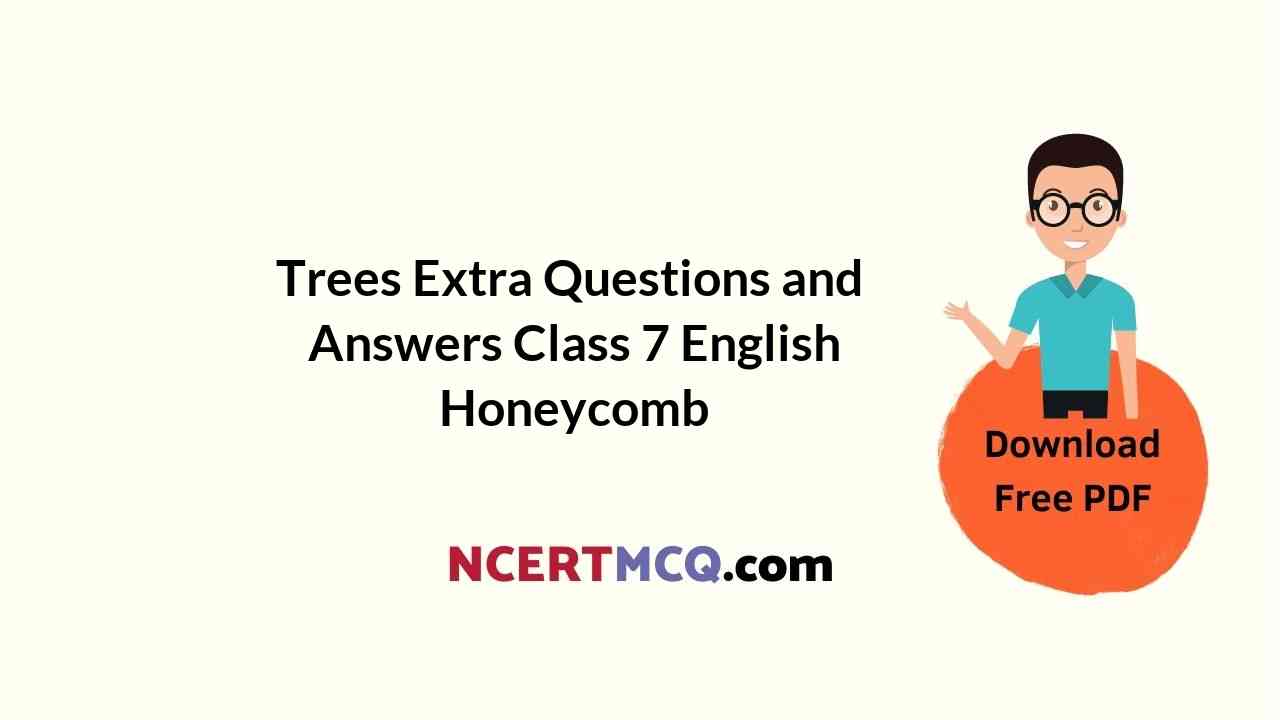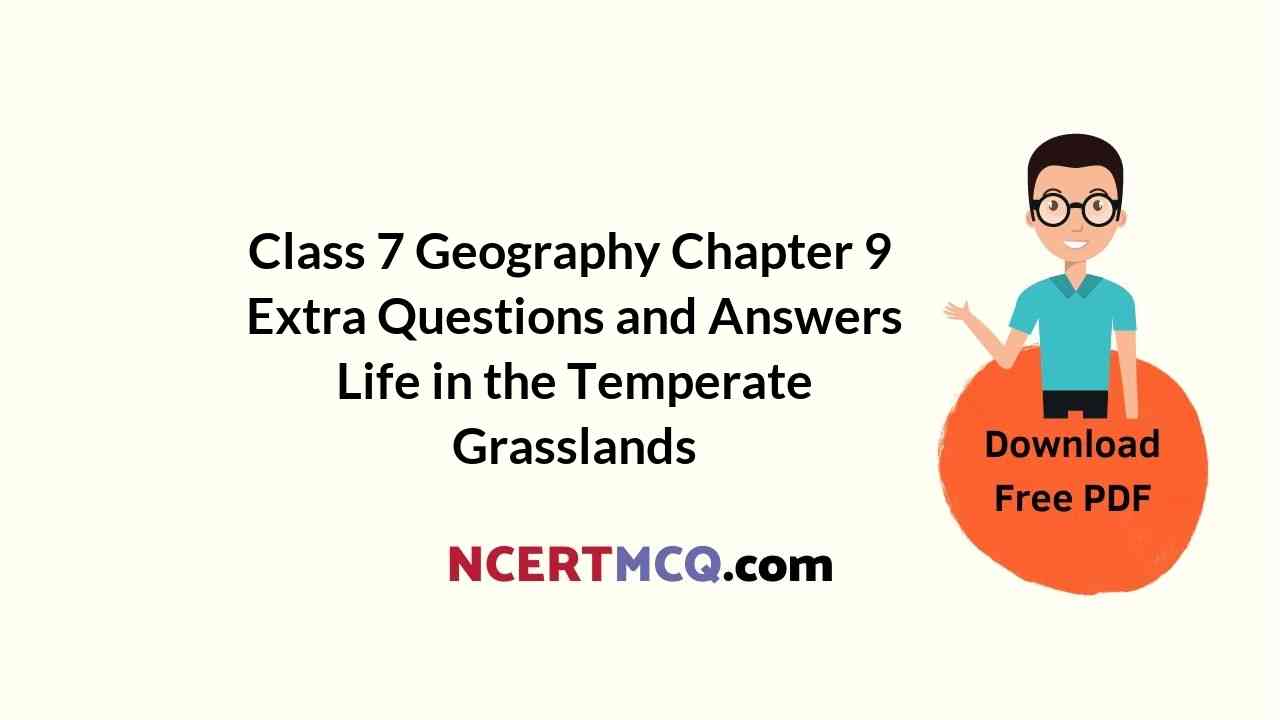We have given detailed Online Education NCERT Solutions for Class 7 Sanskrit Ruchira Chapter 15 लालनगीतम् Questions and Answers come in handy for quickly completing your homework.
Online Education NCERT Solutions for Class 7 Sanskrit Ruchira Chapter 15 लालनगीतम्
Class 7 Sanskrit Chapter 15 लालनगीतम् Textbook Questions and Answers
प्रश्न: 1.
गीतम् सस्वरं गायत। (गीत को लय में गाइए। Sing this song in rhythm (All the shlokas).
उत्तराणि:
गीत के सभी श्लोकों को छात्र लय में गाएँ।
प्रश्न: 2.
एकपदेन उत्तरत- (एक शब्द में उत्तर दीजिए। Answer in one word.)
(क) का विहसति?
उत्तराणि:
धरणी
(ख) किम् विकसति?
उत्तराणि:
कमलम्
(ग) व्याघ्रः कुत्र गर्जति?
उत्तराणि:
विपिने
(घ) हरिणः किं खादति?
उत्तराणि:
नवघासम्
(ङ) मन्दं कः गच्छति?
उत्तराणि:
उष्ट्रः
प्रश्न: 3.
रेखाङ्कितपदानि आधृत्य प्रश्ननिर्माणं कुरुत- (रेखांकित शब्दों के आधार पर प्रश्न निर्माण कीजिए Frame questions based on the underlined words.)
(क) सलिले नौका सेलति।
उत्तराणि:
सलिले का सेलति?
(ख) पुष्पेषु चित्रपतङ्गाः डयन्ते।
उत्तराणि:
केषु चित्रपतङ्गाः डयन्ते?
(ग) उष्ट्रः पृष्ठे भारं वहति ।
उत्तराणि:
कः पृष्ठे भारं वहति?
(घ) धावनसमये अश्वः किमपि न खादति ।
उत्तराणि:
कदा अश्वः किमपि न खादति?
(ङ) उदिते सूर्ये धरणी विहसति।
उत्तराणि:
कस्मिन् उदिते धरणी विहसति?
प्रश्न: 4.
मञ्जूषातः समानार्थकपदानि चित्वा लिखत- (मञ्जूषा से समान अर्थ वाले शब्द चुनकर लिखिए Write synonyms by choosing from the box.)
पृथिवी देवालये जले वने मृगः भयङ्करम्
धरणी – ………….
विपिने – …………..
करालम् – …………..
हरिणः – …………..
सलिले – …………..
मन्दिो – …………..
उत्तराणि:
धरणी – पृथिवी
विपिने – वने
करालम् – भयङ्करम्
हरिणः – मृगः
सलिले – जले
मन्दिरे – देवालये
प्रश्न: 5.
विलोमपदानि मेलयत- (विपरीतार्थक शब्द मिलाइए- Match with the opposite words.)
मन्दम् – नूतनम्
नीचैः – स्निग्धम्
कठोरः – पर्याप्तम
पुरातनम् – उच्चैः
अपर्याप्तम् – क्षिप्रम्
मन्दम् – क्षिप्रम्
नीचैः – उच्चैः
कठोरः – स्निग्धम्
पुरातनम् – नूतनम्
अपर्याप्तम् – पर्याप्तम
प्रश्नः 6.
उचितकथनानां समक्षम् ‘आम्’ अनुचितकथनानां समक्षं ‘न’ इति लिखत- (उचित कथनों के सामने ‘आम्’ और अनुचित कथनों के सामने ‘न’ लिखिए- Write आम्’ before a right sentence and ‘न’ before a wrong sentence.)
(क) धावनसमये अश्वः खादति।
(ख) उष्ट्रः पृष्ठे भारं न वहति ।
(ग) सिंहः नीचैः क्रोशति।
(घ) पुष्पेषु चित्रपतङ्गाः डयन्ते।
(ङ) वने व्याघ्रः गर्जति।
(च) हरिणः नवघासम् न खादति।
उत्तरम् –
(क) न
(ख) न
(ग) न
(घ) आम्
(ङ) आम्
(च) न।
प्रश्नः 7.
अधोलिखितानि पदानि निर्देशानुसारं परिवर्तयत। (निम्नलिखित शब्दों को निर्देश के अनुसार बदलिए। Change the words given below according to the instruction.)
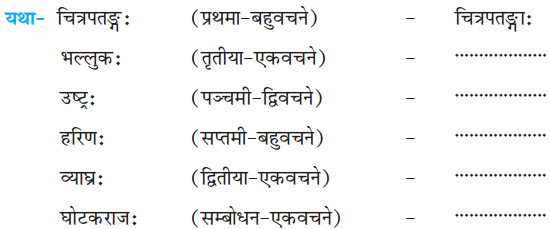
उत्तराणि:
1. भल्लुकेन
2. उष्ट्राभ्याम्
3. हरिणेषु
4. व्याघ्रम्
5. हे घोटकराज !
प्रश्नः 8.
चित्रं दृष्ट्वा मञ्जूषातः पदानि च प्रयुज्य वाक्यानि रचयत- (चित्र को देखकर और मञ्जूषा से शब्दों को प्रयोग करके वाक्य बनाइए- See the picture and make sentences with the help of words from the box.)
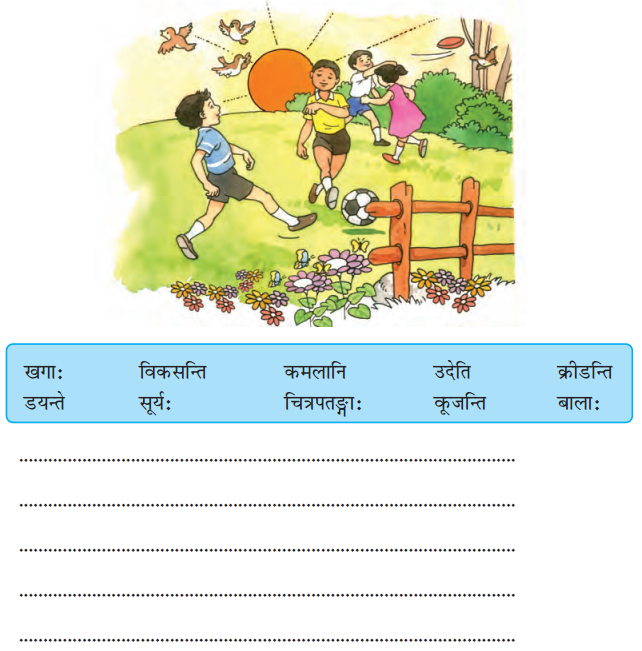
उत्तराणि:
- प्रातः सूर्यः उदेति।
- गगने खगाः कूजन्ति।
- सरोवरे कमलानि विकसन्ति।
- पुष्पेषु चित्रपतङ्गाः डयन्ते।
- बालाः पादकन्दुकेन क्रीडन्ति ।
Class 7 Sanskrit Chapter 15 लालनगीतम् Additional Important Questions and Answers
(1) पाठांशं पठत प्रश्नान् च उत्तरत- (पाठांश को पढ़िए और प्रश्नों के उत्तर दीजिए- Read the extract and answer the questions that follow.)
(क) उष्ट्रः तुङ्गः मन्दं गच्छति।
पृष्ठे प्रचुरं भारं निवहति॥
(ख) घोटकराजः क्षिप्रं धावति।
धावनसमये किमपि न खादति॥
I. पूर्णवाक्येन उत्तरत- (पूर्ण वाक्य में उत्तर दीजिए- Answer in a complete sentence.)
(i) अश्वः कथं धावति?
उत्तराणि:
अश्वः क्षिप्रम् धावति।
(ii) उष्ट्रः कथं गच्छति?
उत्तराणि:
उष्ट्रः मन्दम् गच्छति।
(iii) अश्वः : कदा न खादति?
उत्तराणि:
अश्वः धावनसमये न खादति।
(iv) उष्ट्रः कम् निवहति?
उत्तराणि:
उष्ट्रः भारम् निवहति।
II. पूर्णवाक्येन उत्तरत-
(i) उष्ट्रः पृष्ठे किं करोति?
उत्तराणि:
उष्ट्रः पृष्ठे प्रचुरं भारं निवहति।
(ii) अश्वः धावनसमये किं न करोति?
उत्तराणि:
अश्वः धावनसमये न खादति।
III. भाषिककार्यम्
यथानिर्देशं उत्तरत- (निर्देशानुसार उत्तर दीजिए- Answer as directed.)
‘उष्ट्रः तुङ्गः मन्दम् गच्छति’ इति वाक्ये –
(i) ‘गच्छति’ क्रियापदस्य कः कर्ता?
उत्तराणि:
उष्ट्रः
(ii) ‘उष्ट्रः’ पदस्य किं विशेषणम्?
उत्तराणि:
तुङ्गः
(iii) अत्र किम् अव्ययपदम्?
उत्तराणि:
मन्दम्
(iv) ‘गच्छति’ अत्र कः धातुः?
उत्तराणि:
गम्
(v) ‘पृष्ठे’ अत्र किं विभक्तिः वचनम् च?
उत्तराणि:
सप्तमी एकवचनम्
(vi) ‘खादति’ क्रियापदस्य लङ्लकाररूपम् लिखत।
उत्तराणि:
अखादत्
(vii) रिक्तस्थानानि पूरयतयथा-
धावति – अधावत् – धाविष्यति
गच्छति – ……………… – …………………..
उत्तराणि:
गच्छति – अगच्छत् – गमिष्यति।
(2) निर्देशानुसारं परिवर्त्य वाक्यानि पुनः लिखत- (निर्देशानुसार परिवर्तन करके वाक्य पुनः लिखिए- Rewrite the sentences after making changes as per directions.)
(i) कमलम् विकसति। (बहुवचने)
उत्तराणि:
कमलानि विकसन्ति।
(ii) पुष्पे नानारङ्गाः सन्ति। (बहुवचने)
उत्तराणि:
पुष्पेषु नानारङ्गाः सन्ति।
(iii) उच्चैः तत्र सिंहः गर्जति। (द्विवचने)
उत्तराणि:
उच्चैः तत्र सिंहौ गर्जतः।
(iv) हरिणः नवघासम् खादति। (बहुवचने)
उत्तराणि:
हरिणाः नवघासम् खादन्ति।
(v) तुङ्गः उष्ट्रः मन्दं गच्छति। (द्विवचने)
उत्तराणि:
तुङ्गौः उष्ट्रौ मन्दं गच्छतः।
(3) परस्परम् मेलयत- (परस्पर मेल कीजिए- Match the following.)
(क) पर्यायपदानि
सलिले – खगः
तुङ्गः – पृथिवी
भयङ्करम् – शब्दं करोति
पक्षी – जले
धरणी – उच्चः
नदति करालम्
उत्तराणि:
सलिले – जले
तुङ्गः – उच्चः
भयङ्करम् – करालम्
पक्षी – खगः
धरणी – पृथिवी
नदति – शब्दं करोति
(ख) विपर्ययपदानि
स्वच्छम् – अल्पम्
प्रातः – पुरातनम्
उच्चैः – शीघ्रम्
नूतनम् – मलिनम्
प्रचुरम् – नीचैः
मन्दम् – सायम्
उत्तराणि:
स्वच्छम् – मलिनम्
प्रातः – सायम्
उच्चैः – नीचैः
नूतनम् – पुरातनम्
प्रचुरम् – अल्पम्
मन्दम् – शीघ्रम्
(4) कोष्ठकदत्तस्य शब्दस्य उचितं रूपं रिक्तस्थाने लिखत। (कोष्ठक में दिए शब्द का उचित रूप रिक्तस्थान में लिखिए। Fill in the blanks with the correct form of the word given in bracket.)
(i) …………….. जलम् अस्ति। (मेघ)
उत्तराणि:
मेघे
(ii) वानराः ……………..खादति। (कदलीफल / बहुवचन)
उत्तराणि:
कदलीफलानि
(iii) …………….. वने भ्रमन्ति। (वन्यपशु)
उत्तराणि:
वन्यपशवः
(iv) पत्राणि …………….. पतन्ति। (लता)
उत्तराणि:
लतायाः
(v) खगस्य नीडम् …………….. वृक्षे अस्ति। (सघन)
उत्तराणि:
सघने।
(1) उचितविकल्पं चित्वा एकपदेन प्रश्नान् उत्तरत- (उचित विकल्प चुनकर एक पद में प्रश्नों के उत्तर दीजिए- Pick out the correct option and answer the questions in one word only.)
(i) ढक्का कुत्र नदति? (उदिते, सूर्ये, मन्दिरे)
उत्तराणि:
मन्दिरे
(ii) चित्रपतङ्गाः कुत्र/केषु डयन्ते? (पुष्पेषु, वृक्षेषु, जलेषु)
उत्तराणि:
पुष्पेषु
(iii) व्याघ्रो कुत्र गर्जति? (गहने, विपिने, वृक्षे)
उत्तराणि:
विपिने
(iv) सरितः जले का सेलति? (ढक्का, धरणी, नौका)
उत्तराणि:
नौका
(v) कः क्षिप्रं धावति? (हरिणः, घोटकः, भल्लूक:)
उत्तराणि:
घोटक :
(vi) भल्लूकः कीदृशः अस्ति? (करालः, करतालः, विचित्रः)
उत्तराणि:
कराल:
(2) प्रदत्तविकल्पेभ्यः उचितं शब्दरूपम् चित्वा रिक्तस्थानपूर्ति कुरुत- (दिए गए विकल्पों से उचित शब्दरूप चुनकर रिक्तस्थानपूर्ति कीजिए- Fill in the blanks by picking out the correct word form from the options given.)
(i) ………………. खगाः मधुरम् कूजन्ति। (प्रात:कालम्, प्रात:काल, प्रात:काले)
उत्तराणि:
प्रात:काले
(ii) धेनुः ………………….. दुग्धम् यच्छति। (मधुरः, मधुरम्, मधुर)
उत्तराणि:
मधुरम्
(iii) …………….. नूतनपत्रम्। (वृक्षम् वृक्षम्, वृक्षः वृक्षः, वृक्षे वृक्षे)
उत्तराणि:
वृक्षे वृक्षे
(iv) सिंहः …………… गर्जति। (उच्चः, उच्चैः, उच्चम्)
उत्तराणि:
उच्चैः
(v) उद्यानं ………………….. पुष्पैः विभाति/शोभते। (विविध, विविधाः, विविधैः)
उत्तराणि:
विविधैः
